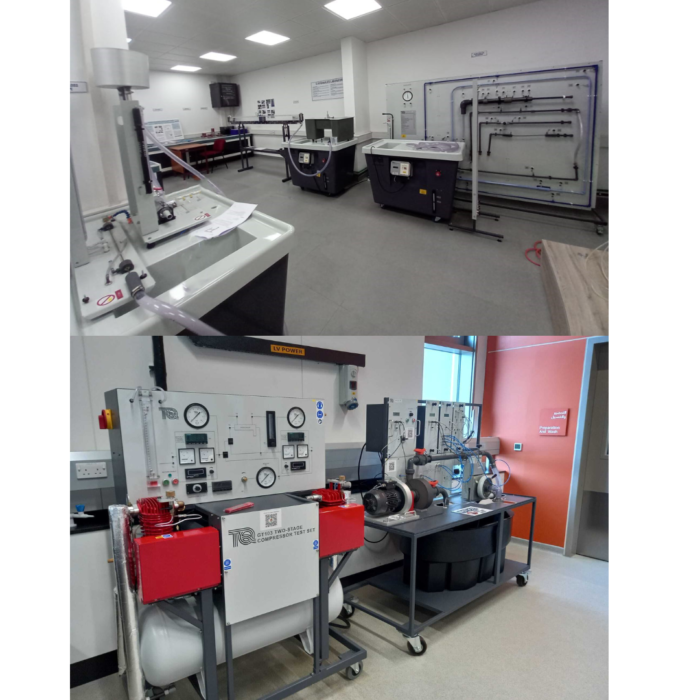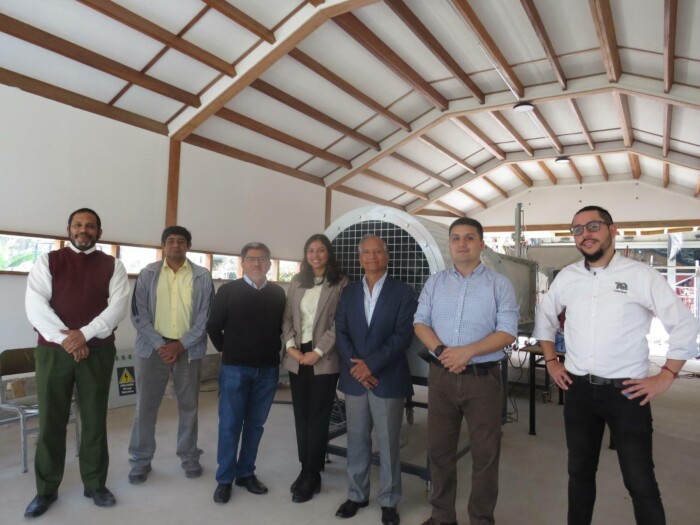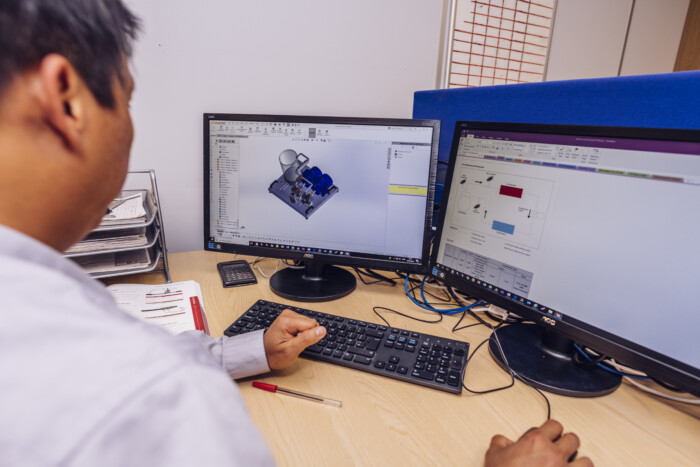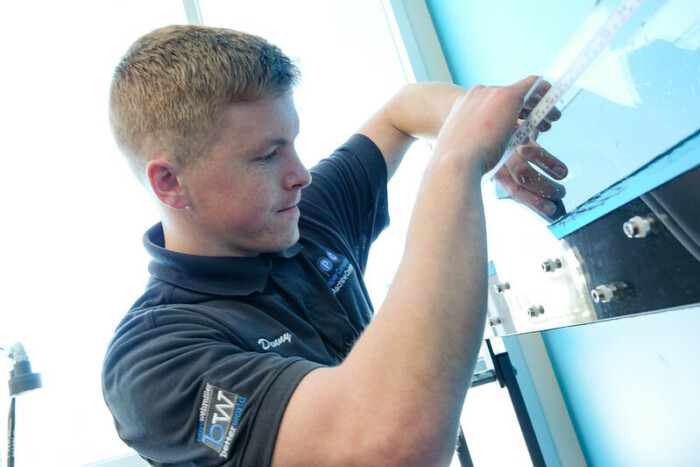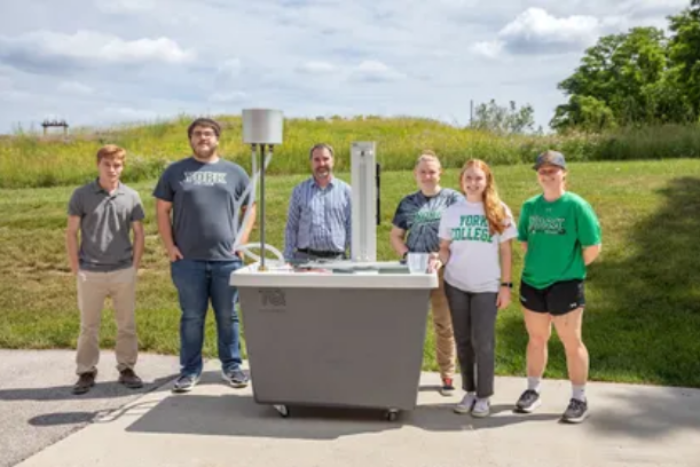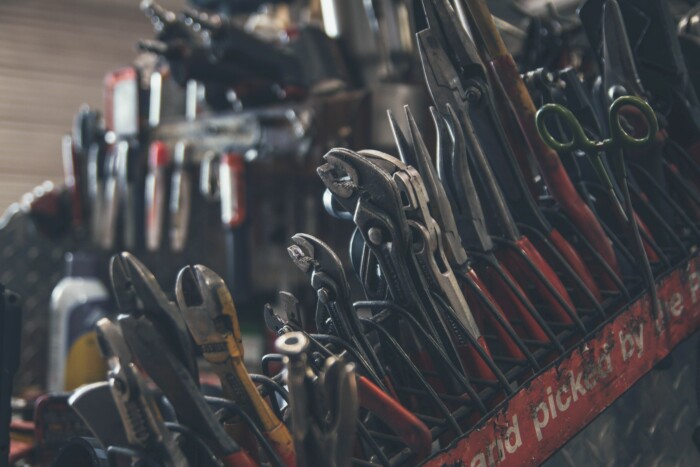Boyle was born in Ireland, attended Eton College as a child and later developed an interest in scientific research. He was an alchemist, with inherited wealth and comfort that allowed him the luxury to pursue his own interests in understanding the make-up of materials.

Boyle’s Law
This is an experimental gas law that describes how the pressure of a gas tends to increase as the volume of the container decreases, illustrated mathematically as follows:

Boyle’s Law - Contributors
Boyle was responsible for the public introduction of Boyle’s Law. At the same time, French physicist Edme Marriotte also made the same discovery, which is why it is sometimes referred to as the Boyle-Mariotte Law.
It has also been documented that Richard Towneley and Henry Power who first noted the relationship between pressure and volume, played a significant part in the definition of this experimental gas law. Boyle confirmed their findings and published the results and Robert Hooke built the apparatus with which to prove the theory.
Over a century later Gay-Lussac developed the understanding of gases further with the introduction of the ideal gas law. You can read more about this in the TecQuipment blog post here.
Practical Applications Using Boyle’s Law
- Understand Boyle’s Law of Ideal Gasses (TD1000) that shows the relationship between pressure and volume of an ideal gas at a fixed temperature.




